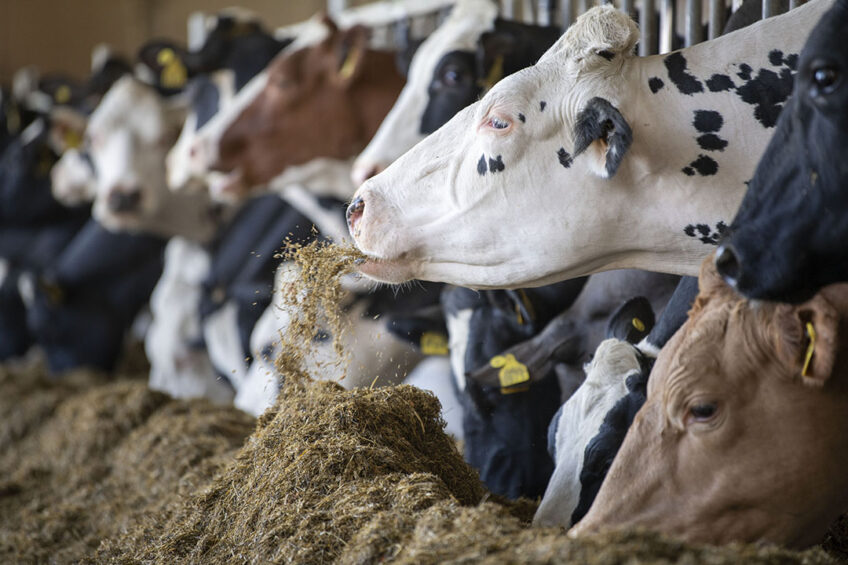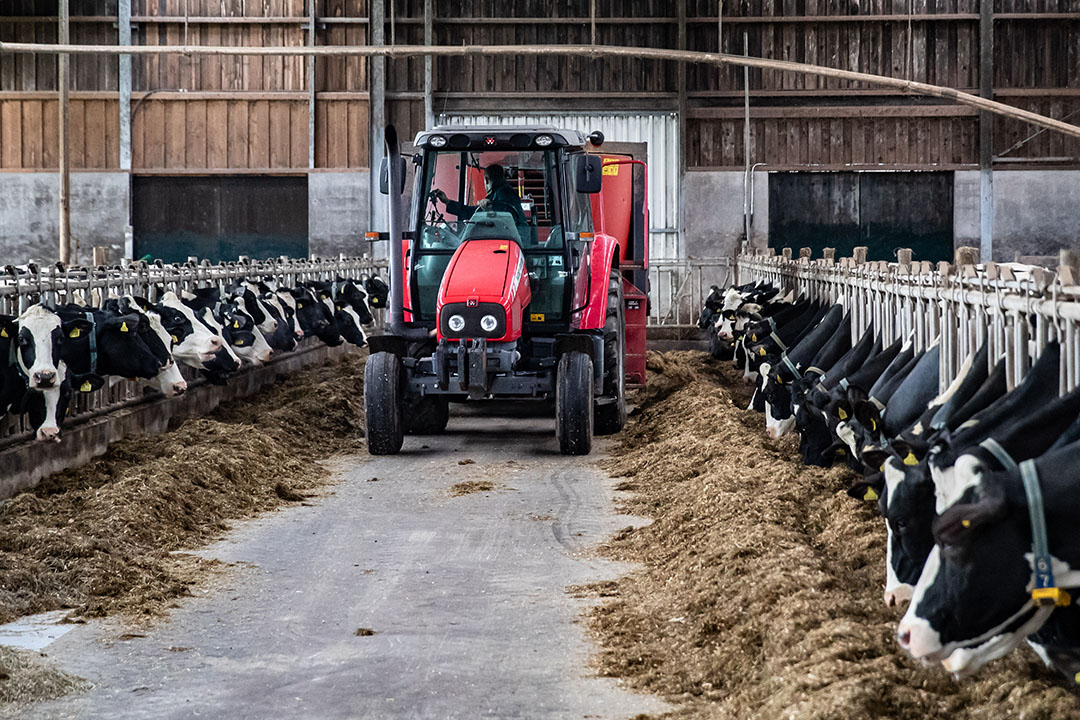Feed factors to maximise milk income

Efficient feeding of the herd is a key factor that affects dairy farm profitability, regardless of the feeding system used. Maximising the production of home-grown feed is essential, according to Dairy Australia.
Research from around the world, including Australia, has repeatedly demonstrated the link between increased levels of home-grown feed and higher profitability. This applies regardless of the feeding system or level of intensity of the farm.
Dairy Australia emphasises that, in the vast majority of cases, home-grown feed is cheaper than imported or bought-in feeds. It is therefore critical to the sustainability of farm businesses to maximise the production and utilisation of this resource. Maximising the production of home-grown feed is essential to improve the resilience and profitability of farming systems.
Dairy Australia has created a fact sheet that outlines 5 common feeding systems on dairy farms in Australia. Even though farms tend to become more intensified from system 1 through to system 5, there is a mistaken belief that home-grown feed is less relevant in more intensive systems.
“This is incorrect,” Dairy Australia notes, “as most successful examples of system 5 – where cows are fully housed – still grow a large percentage of their feed as home-grown feed, often as high-quality conserved forage such as maize silage or similar.”
Supplements profitable, if used correctly
According to Dairy Australia, no one system is considered better than others, and all systems can be profitable, and selecting the right system for your farm will depend largely on the resources available and your attitude to risk.
Home-grown feed rarely fills all of the feed gaps on Australian dairy farms, so supplements are also used. These can be very profitable if used correctly and efficiently.
High forage quality is paramount when designing diets for milking dairy cows
Designing balanced milker diets
Dairy Australia has also created a ‘Designing balanced milker diets’ fact sheet, which outlines how to maximise milk income minus feed costs in the herd and helps when designing high-quality milker diets that are nutritionally balanced.
It is important for farmers to calculate the daily nutrient requirements of cows, Dairy Australia points out. Cows require diets that contain enough nutrients for maintenance, pregnancy, activity, growth, reproduction and milk production. Although water, energy, protein and fibre are the key nutrients when formulating diets, minerals and vitamins must not be ignored.
Dairy Australia advises dairy farmers to consider several factors when they are selecting feeds to use in milker diets:
- nutrient specifications,
- price,
- consistency of supply and quality,
- losses to be expected during storage (shrinkage),
- mixing and feed-out,
- increased capital requirements required to handle,
- extra labour required to handle and
- other costs.

Feed test analysis
Feeds can vary markedly in their nutritive characteristics. Obtaining a feed test analysis is the best way to establish the nutritive characteristics of a feed. “High forage quality is paramount when designing diets for milking dairy cows,” Dairy Australia explains. “Defined by its percentage of neutral detergent fibre [NDF] and NDF digestibility values, forage quality has a substantial influence on feed intake. Forage quality drives the response to concentrates and diets.”
Farmers should focus on 3 things when formulating a diet:
- The forage NDF percentage and NDF digestibility
- The starch digestibility in the rumen
- The protein percentage and rumen degradability
Balance between over and under feeding
Excessive supply of nutrients may affect cow health, reduce feed conversion efficiency (kg of milk per kg of feed) and reduce milk income minus feed cost, Dairy Australia points out. “On the other hand, underfeeding will impact performance and potentially cow health and fertility if severe. It may take several cycles to balance up the main components of a diet and find a diet within the cow’s appetite limit that gives the maximum possible milk income minus feed cost.”
Milk income minus feed costs
Milk income minus feed cost is a useful measure, particularly in circumstances where little or no pasture is available, Dairy Australia says. “It tells you how much of your milk income is left after paying for feed. This amount needs to pay for operating costs such as herd, shed, labour and overhead costs, plus your finance and capital costs, including drawings.”
Measuring efficiency
Farmers who are feeding a significant amount of bought-in feed must achieve a high daily milk yield per cow to produce a greater milk income minus feed cost. The higher the milk yield, the smaller the percentage of unproductive money, that is, money spent on cow maintenance rather than producing milk and revenue.
Dairy Australia says that the principles of marginal versus average milk yield response are also critical to understand when feeding supplements in order to maximise profit. Marginal milk response is the incremental increase in milk yield obtained from an extra kilogramme of supplement fed. Average milk response is the increase in milk yield averaged across all kilogrammes of supplement fed.
With feed costs such a large proportion of variable and total costs on a dairy farm, Dairy Australia says it is important to measure the efficiency with which feed is converted into milk. Feed conversion efficiency (FCE) is a key measure of feeding system efficiency on a dairy farm, impacting feed cost per unit of milk and milk operating profit.
FCE is also an important factor that has an impact on a farm’s greenhouse gas emissions. “FCE should always be used with other farm physical and financial performance measures such as annual milk operating profit and return on assets,” notes Dairy Australia.
FCE is expressed in terms of the amount of milk produced per kilogramme of feed given to the herd. FCE can be measured for the milking herd annually or seasonally within each year. “FCE is a useful form of measurement to monitor the efficiency of a feeding programme,” Dairy Australia says. “However, it should not be associated too closely with farm profit, as it does not account for the cost of the feed consumed by the herd. FCE is helpful to assess the quality of feed consumed by the herd, particularly the forage component of the diet, as improved FCE is closely associated with higher quality diets.”











